3D Lifestyle Visualization Services Provider:
The Ultimate Checklist
Choosing the right 3D lifestyle visualization services provider is crucial to get promo images that actually work. A perfect option would be to find a CGI studio whose staff is masterful not only in 3D rendering but also in product photography. But how to do it?
When looking through the websites of 3D visualization companies on Google, you will find many providers that are good at CG modeling but not at creating photoreal lifestyle renders. At the same time, you’ll see CGI studios that can do photorealistic rendering but specialize in architectural projects. So, are there any chances to find a perfect provider of 3D product lifestyles? Yes — if you ask your candidates the right questions.
Our 3D rendering company has been working with major furniture retailers and designers long enough to understand what is needed to create top-notch lifestyle imagery. And in this article, we’ll give you a list of questions to ask your potential supplier of 3D lifestyle visualization services. Read on to find out what answers will indicate that a CGI provider gets things right!
#1. Ask a CGI Team If They Can Design an Interior Scene or a Landscape for Lifestyle Images
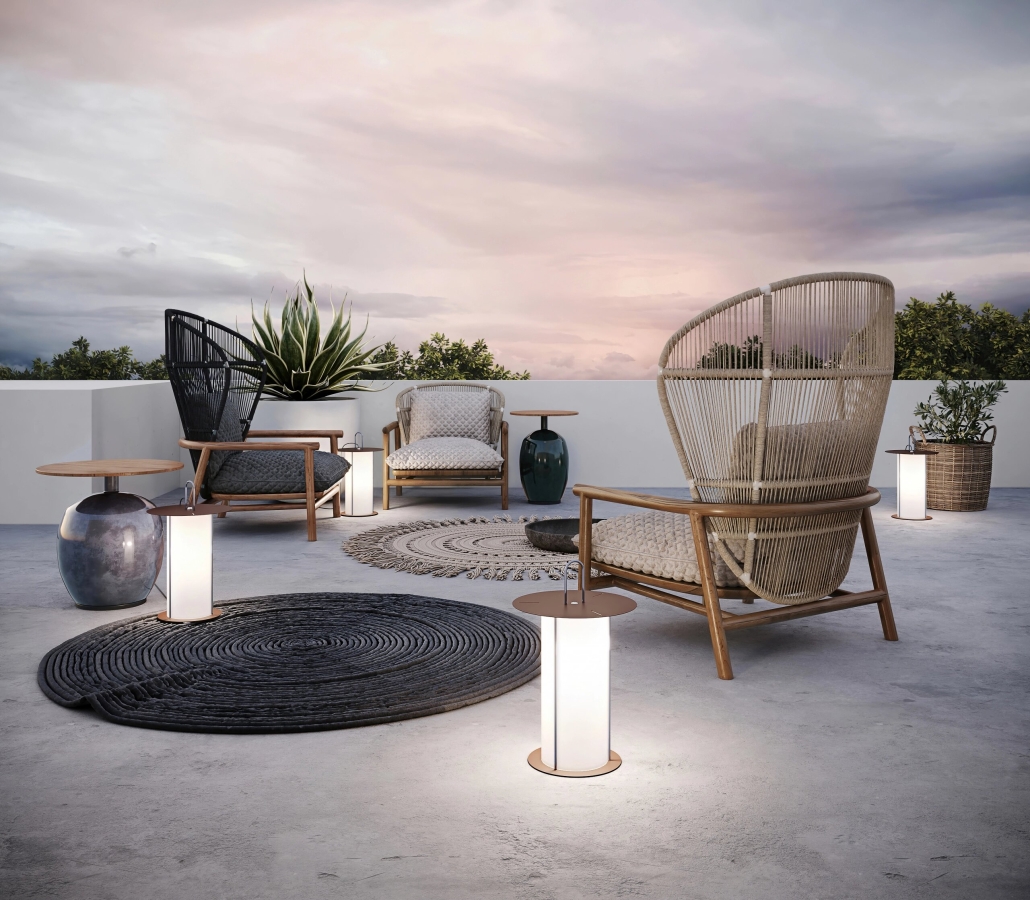
Does the staff of your 3D lifestyle visualization service provider include designers or not? Even if your team develops lifestyle designs for product images themselves, it’s still an important question to ask. The answer will show if an outsource provider is capable of understanding your vision and fine-tuning your concept when you are out of ideas.
When dealing with large-scale projects, product CGI providers that have their own interior and landscape designers are exactly the ones you’re looking for. Instead of overworking your in-house team, you will be able to entrust a part of the workload to the outsource studio.
For instance, at CGIFURNITURE, 3D visualization artists can create a design concept from scratch or spice up an existing one with new meaningful details. As most of our specialists have a background in architecture and design, you can always trust their professional advice when in doubt.
#2. Find Out If a 3D Rendering Studio Collects and Stores Information About Your Preferences
A reliable provider of 3D lifestyle visualization services will start collecting data about your preferences from your very first SoW. This includes visual brand identity, format and resolution of imagery, preferences on interior design styles and color schemes, lighting, atmosphere, etc. From 3D artists’ perspective, saving these details for future use is crucial for a smoother workflow and mutual understanding with you as a client. Otherwise, they would have to go through the same corrections in every project, wasting your and their own time.
Our studio managers collect and store all information about the requirements of clients we’ve worked with at least once. This way, our 3D artists can review your previous projects at any moment and find your specific technical requirements and preferences. With this knowledge, they understand what results are expected before starting a new task. This approach also helps to form a closer client-provider relationship in which the manufacturer works with the same team on every project.
#3. Check Out If a 3D Visualization Studio Has a Portfolio with Lifestyle Renders and Case Studies
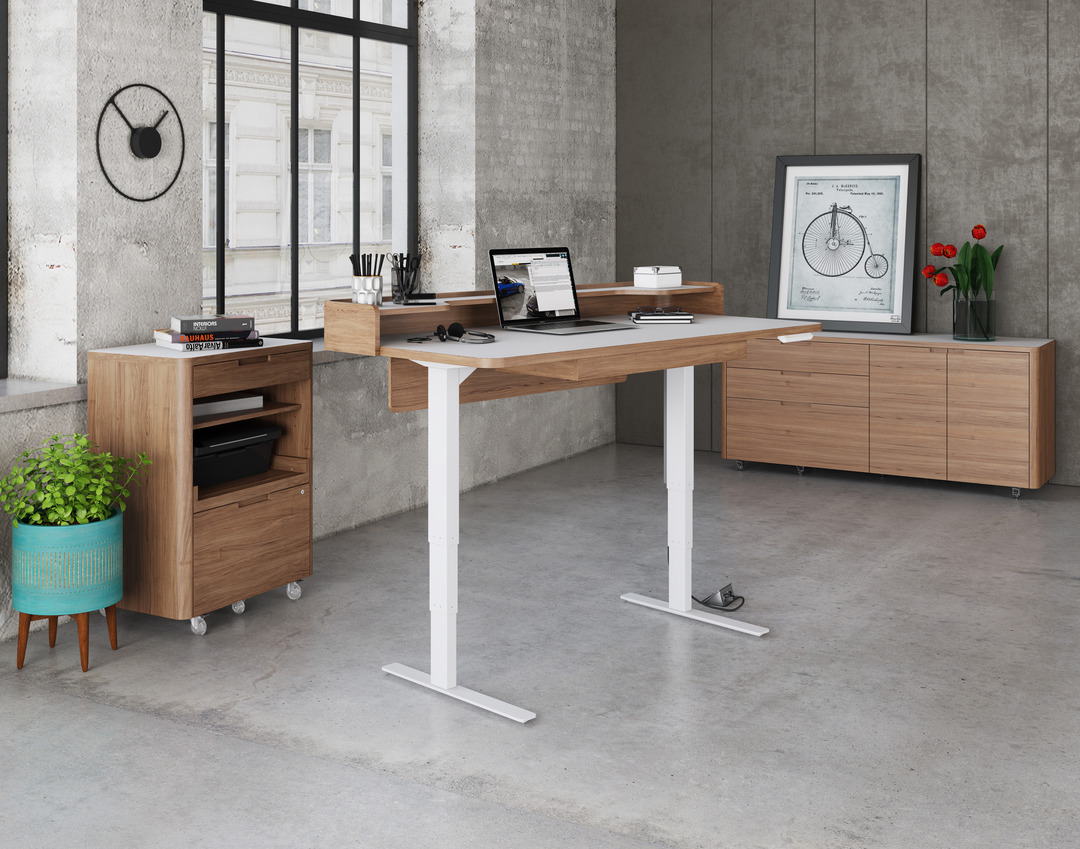
The websites of the most reputable 3D lifestyle visualization services providers feature portfolios and case studies. Those have to include at least 20 examples of project results. The more lifestyle product renders you see on the website, the higher the chance to accurately estimate the quality of a studio’s work. If there is no portfolio on the site, ask the managers to send you examples of projects’ results.
To assess the quality of lifestyle 3D renderings, look out for common mistakes first. If you notice things such as a tilted horizon, chairs or other elements “flying” above the floor, poor composition, and the lack of subtle details, it’s better to look for another CGI provider.
And here are the aspects you should pay attention to in order to tell a good 3D visualization:
- Lighting. In a photorealistic CG image, natural lighting should prevail during the day and artificial — in the evening. Moreover, natural light should have a warm shade, while evening light should be cold-shaded.
- Materials. The color, the direction of the texture, and the reflectivity of light must correspond to those of real material. It is crucial for all surfaces of 3D objects to look realistic.
- Focus. In product images, the focus should be on the item. The compositions and angles can be different but the main item must draw the viewers’ attention right away. That’s why the most popular product images are hero shots, silos, and close-ups.
- Mood. A dwelling in a 3D visualization can look lived-in or sterile. Usually, the second option makes a picture unrealistic and dull. An example of sterility is perfection in everything: perfectly aligned chairs at the dining table, ideal uniformity of pillows on a couch, etc. But it’s not like that in real life — even two towels hanging next to each other have different folds. So it’s important to choose a provider that has lively, atmospheric images in a portfolio.
- Aesthetics. Every detail in a 3D lifestyle visualization determines the integrity of a story in it. So, there shouldn’t be random elements that do not fit into the overall concept. If you look at renderings and see items, materials, or colors that don’t suit the interior style or the purpose of the depicted room, it’s better to opt for another CGI provider.
#4. Discover How a 3D Visualization Company Optimizes Its Workflow
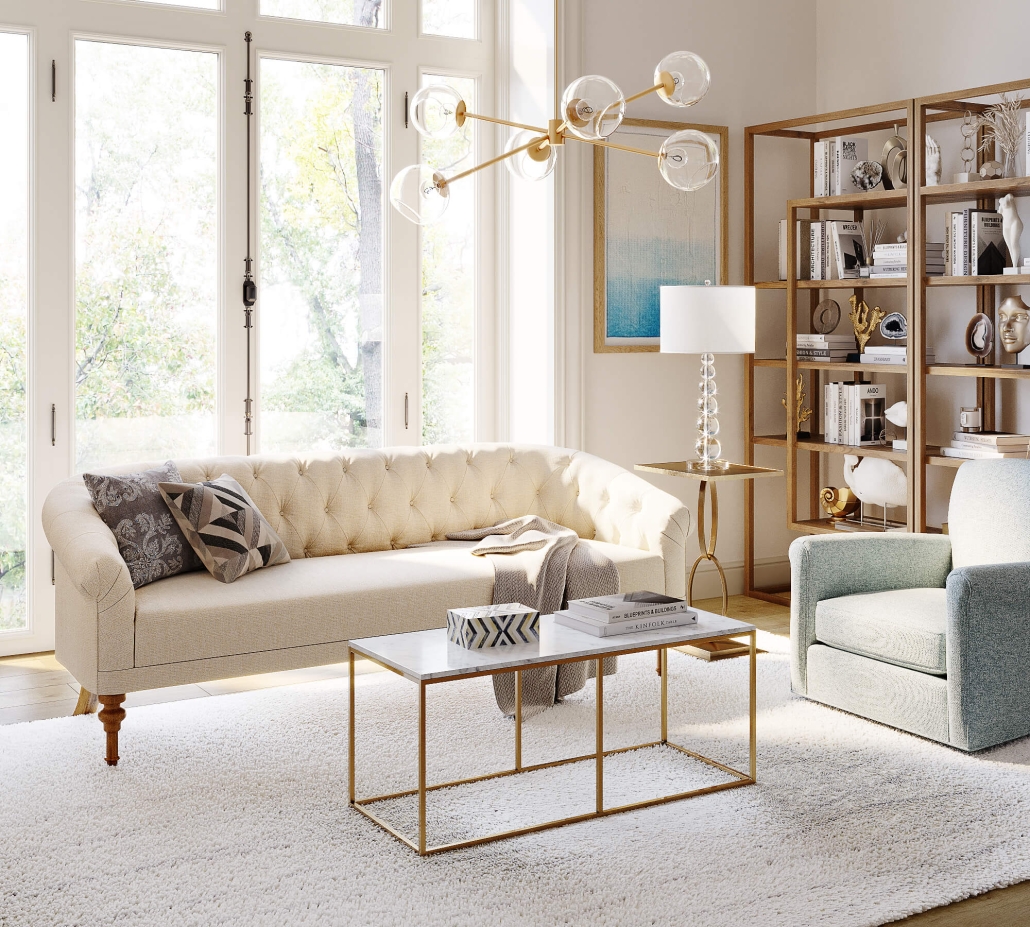
Having a well-thought-out, time-tested workflow is a telling sign of a reliable 3D lifestyle visualization services provider. What are the aspects you should ask the studio’s managers about to find out how smoothly the work will go? Here are some of them:
- Product Rendering Brief. A top-class CGI services provider always has a template for a 3D rendering brief. It contains all the necessary fields you need to fill out with information about a project.
- Studying geolocation. At the beginning of the project, the CGI team studies the client’s geolocation and determines its characteristics. For example, what interior styles and decor are popular in a certain region or what kind of weather will look natural behind the window in a lifestyle render. This information is included in the client’s Requirements list and is then available to the entire team.
- Specifics of the working process. Before the start of the project, it’s important to discuss all the details to tailor the process to your needs. For example, if your task doesn’t include close-ups, then a 3D model can be less detailed. This will speed up the modeling process, while the model will weigh less, render faster, and look 100% realistic.
- Design concepts. CGIFURNITURE has a team of professional interior designers capable of perfecting your concept. They can suggest creative ideas that would enhance the visual impact of product images. It can be achieved through changing lighting scenarios, replacing materials, adding decor items, etc.
- Templates. Top lifestyle 3D visualization companies offer a selection of ready-made 3D models and references for different types of premises, customized index 3D scenes, textures, and materials. For example, CGIFURNITURE has a library of 60,000 models and 38,000 lifestyle scenes as well as a catalog of interior style references.
- Feedback. After the project completion, our team always asks for feedback. In particular, we want to find out what our clients like and what they would want us to improve. We enter this information into the Clients’ Requirements and take it into account in further projects.
#5. Learn If a 3D Lifestyle Visualization Services Provider Specializes in a Particular Type of Products
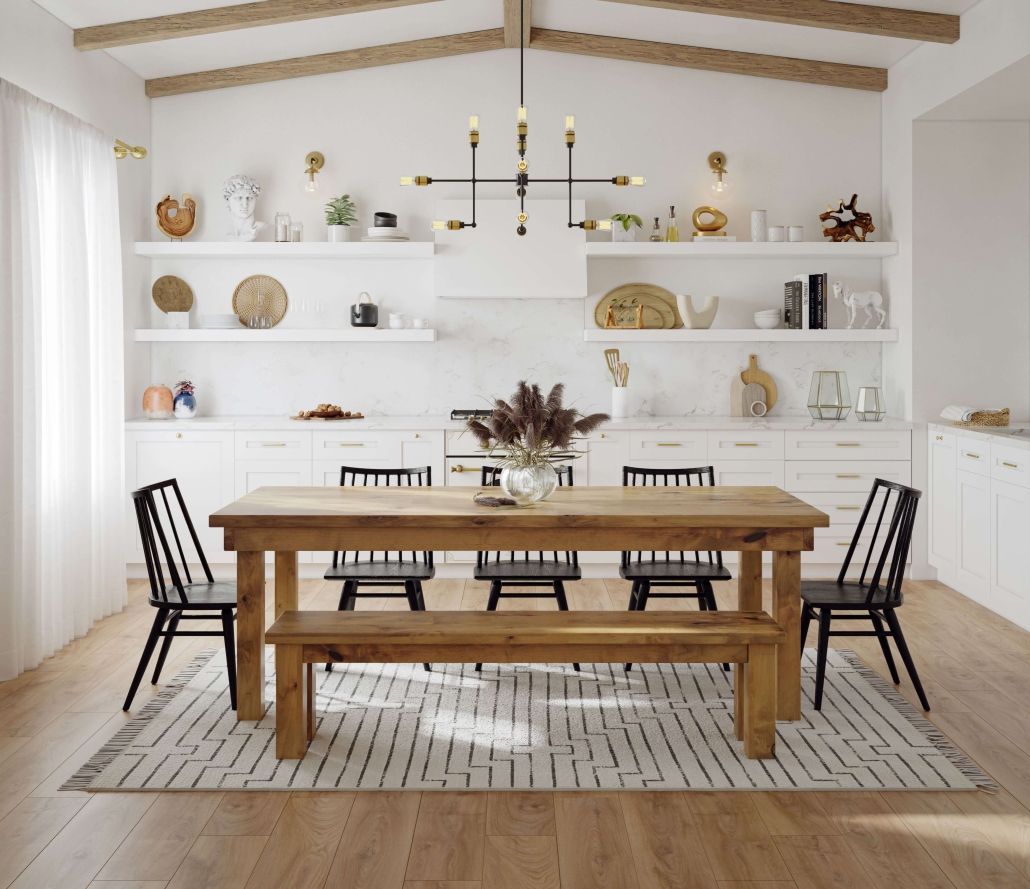
A large CGI company can manage several teams that work on different types of projects — architectural, interior design, product 3D visualization, etc. But if you prefer to cooperate with a smaller firm, it is ideal to find a contractor who works with furniture rendering specifically. They will know how to create images that focus customers’ attention on your product, highlight its features, and make it stand out among similar goods of your competitors
The CGIFURNITURE team understands the importance of narrow specialization. Our company has over 100 artists who specialize in different types of furniture — from cabinetry to upholstered. Thanks to 8 years of experience in lifestyle furniture rendering, our studio’s 3D artists have all the necessary qualities for the job:
- They know furniture. When modeling, they pay attention to the design details to make every furniture piece look 100% similar to the real thing.
- They know how to present furniture by wrapping it in a visual story in which the product will be the main hero.
- They follow trends in interior design, so our lifestyle images always look stylish and relevant.
As you can see, CGIFURNITURE specialists can pick up on all the intricacies of creating product imagery that sells.
When choosing a 3D lifestyle visualization services provider, you should evaluate their skills and experience. Portfolios, case studies, client testimonials, and a well-thought-out workflow are all the things that you need to pay close attention to. And don’t forget to ask about communication processes and the range of services a CGI studio offers.
Looking for a trustworthy 3D lifestyle visualization provider that will deliver top-notch product images? Reach out to CGIFURNITURE and get all-in-one 3D rendering services.

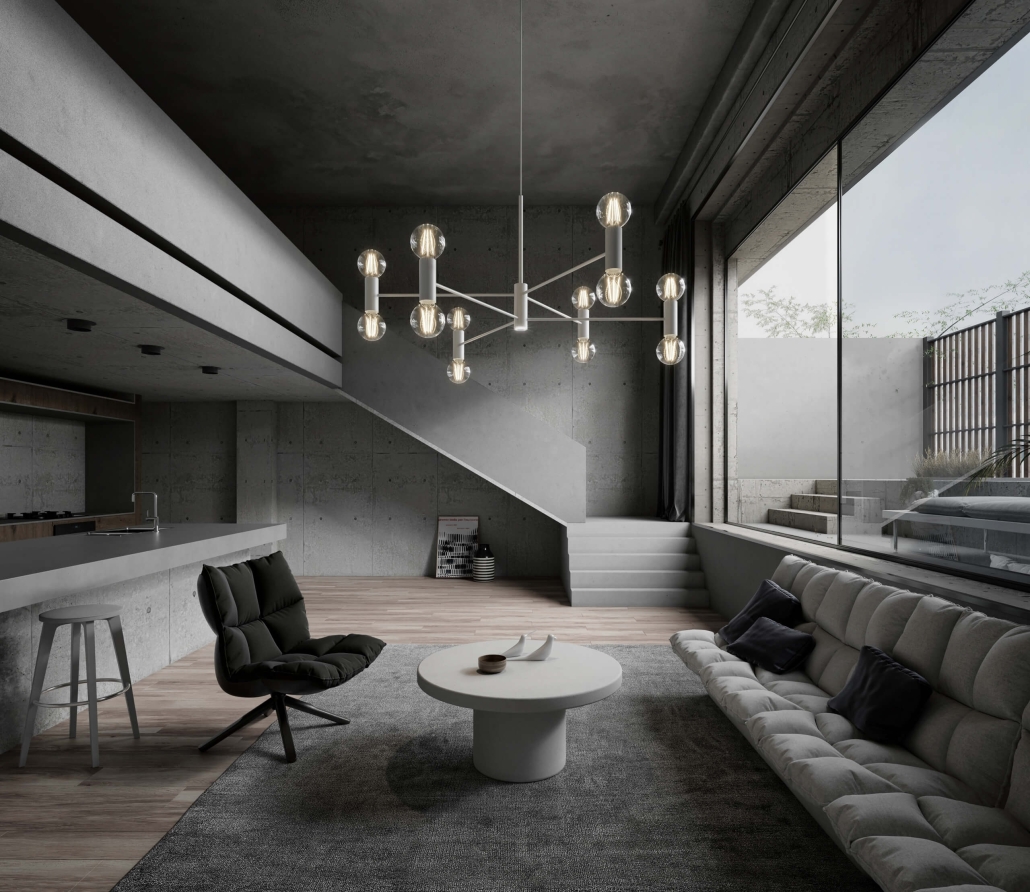
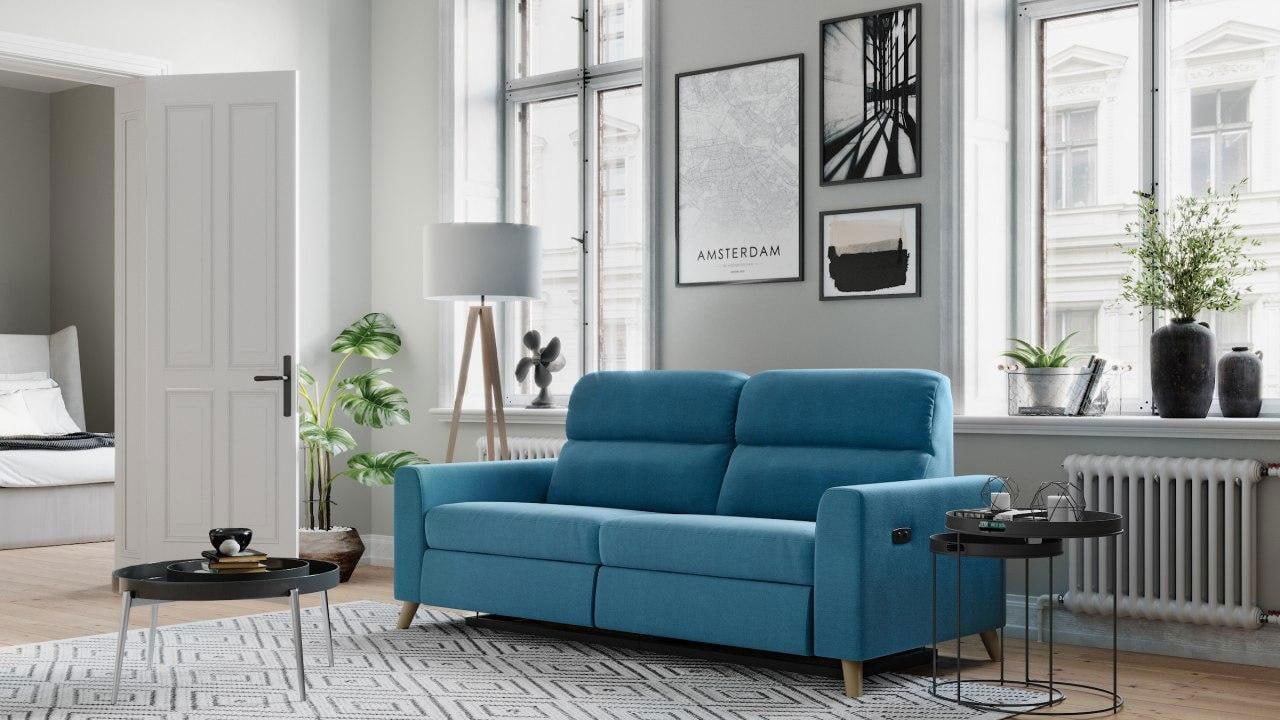

Leave a Reply
Want to join the discussion?Feel free to contribute!